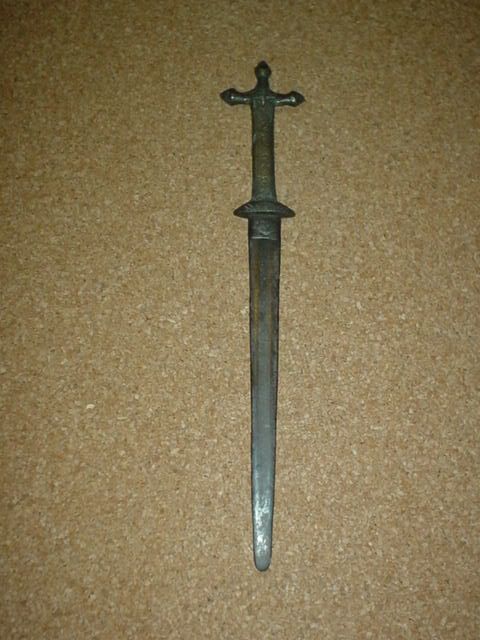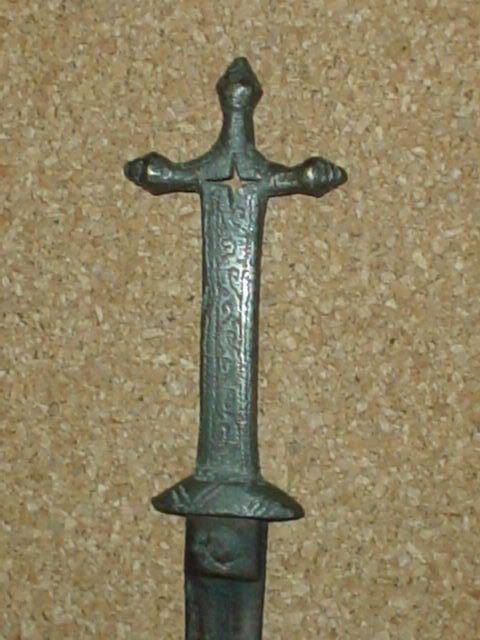
 |
|
|
#2 |
|
Member
Join Date: Dec 2004
Location: Sint-Amandsberg (near Ghent, Belgium)
Posts: 830
|
Tim,
This knife could also be Fulani (other names are Fulbe or Peul) who live in the neighbourhood of the Hausa. I read in a book that the Fulani used the lost-wax technique to cast the handles of their arm daggers. Yours looks like it is made this way. I have a similar knife (but not as good as yours  ) without sheath. ) without sheath.  Could we see your dagger out of its sheath ? |
|
|

|
|
|